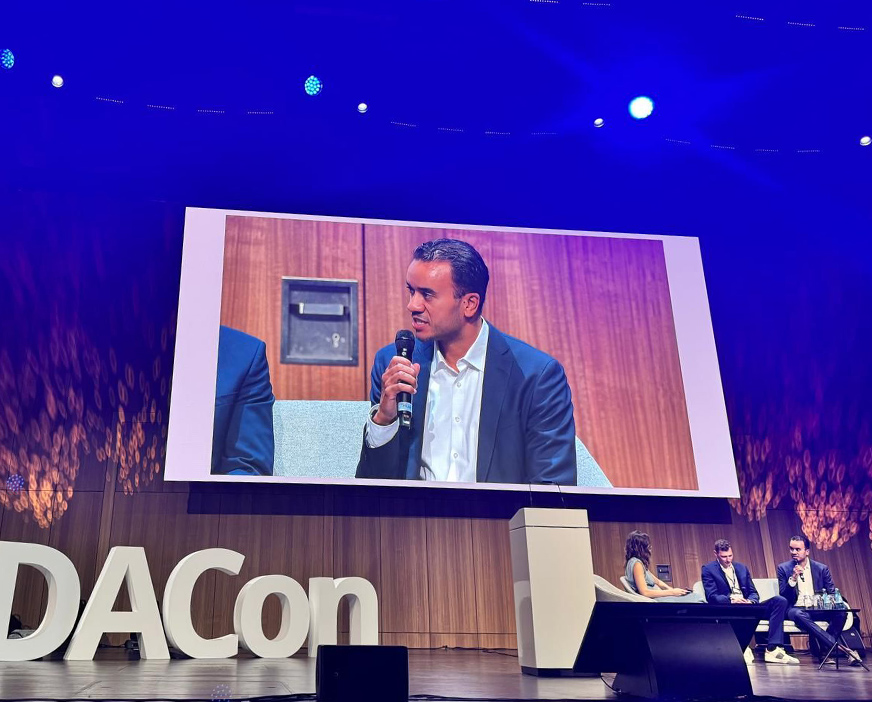Overview of the MACH Architecture
The MACH architecture is a modern software architecture principle based on four central components: Microservices, API-first, Cloud-native, and Headless. This architecture offers businesses a flexible and scalable solution for digital business models, particularly in dynamic markets such as e-commerce, digital media, and financial services.
The Core Principles of MACH Architecture
Microservices:
Applications are divided into small, independent services, each handling a specific function. This allows companies to develop individual services specifically without affecting the entire system. Microservices enable better scalability and increase the efficiency of software development.
API-first:
The API is developed as the central means of communication between individual services. This promotes seamless integration of various applications and facilitates system expansion through third-party services. This approach allows companies to implement new features faster and design their systems flexibly.
Cloud-native:
The MACH architecture fully utilizes the advantages of Cloud technology. Applications are designed from the ground up for cloud-based environments, increasing scalability, flexibility, and cost efficiency. Additionally, companies can optimally use their IT resources and respond more quickly to market changes.
Headless:
The separation of frontend and backend allows for greater flexibility in designing the user interface. Companies can use different frontend solutions for various platforms without having to make changes to the underlying business logic. This facilitates the provision of personalized and seamless customer experiences.
Advantages
- Flexibility and scalability: Thanks to microservices and cloud-native technologies, systems can be efficiently adapted to new requirements.
- Faster development and deployment: API-first enables parallel development, reducing time-to-market.
- Better integration: APIs facilitate connection to external services and platforms.
- Optimal user experience: Headless architectures enable tailored frontends for various end devices.
Challenges
- Increased complexity: Managing and orchestrating distributed systems requires in-depth knowledge of modern software development practices.
- Requirements for the IT team: Developers and IT teams need to familiarize themselves with new technologies and working methods.
- Security aspects: Communication between different services via APIs requires a well-thought-out security concept.
Best Practices for Implementation
Modular development is crucial, as each microservice should function independently to minimize dependencies. Secure API development also plays an important role, which is why authentication and authorization mechanisms must be implemented. For efficient management of cloud applications, the use of Container technologies such as Kubernetes is recommended. Additionally, a well-thought-out headless strategy is essential, as the selection of a flexible CMS or commerce system can significantly improve frontend functionality. Finally, monitoring and automation contribute to optimizing system performance through the effective use of CI/CD pipelines and monitoring tools.
Conclusion
The MACH architecture offers companies a powerful and future-proof solution for digital business models. By combining Microservices, API-first, Cloud-native, and Headless, businesses benefit from increased agility, scalability, and innovation capability. Despite the challenges, the advantages outweigh them, especially for companies that need to respond quickly to market changes.


